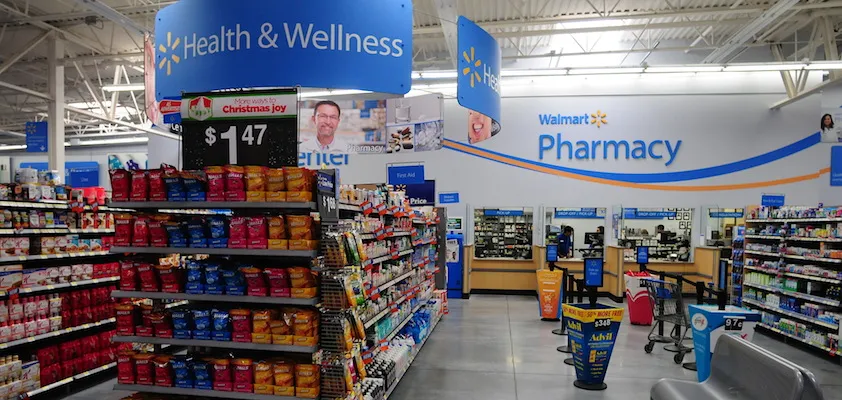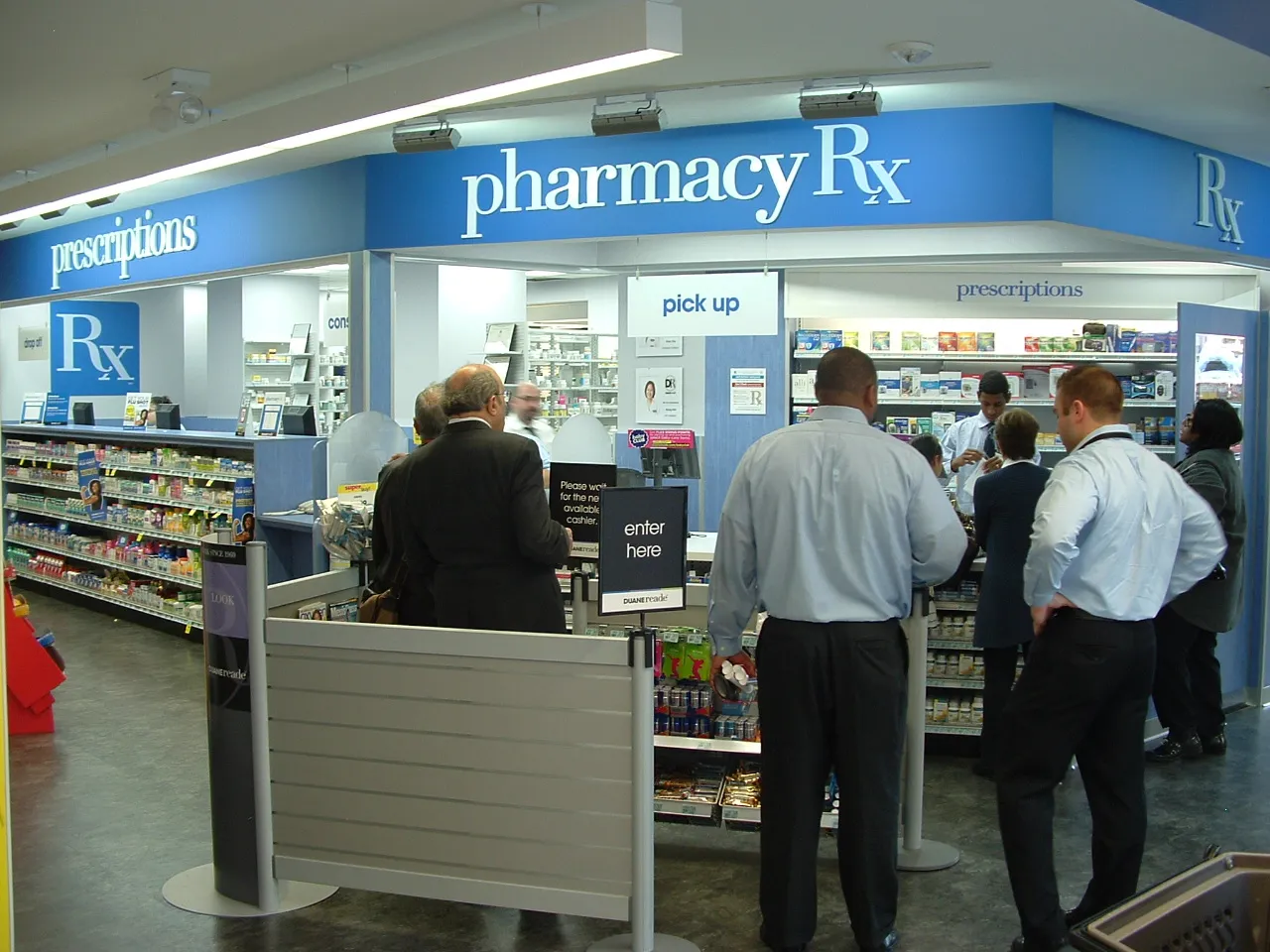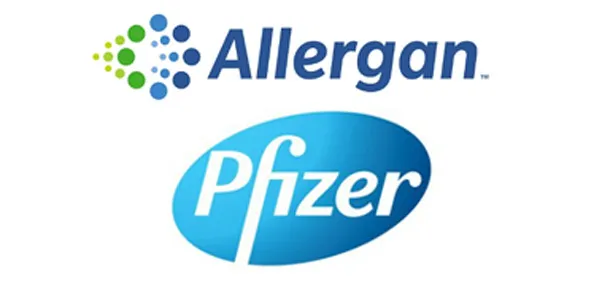The power of digital technology to shake up existing business models in health care and mass market retailing was a focal point for many of the executives in attendance at last month’s NACDS Total Store Expo in Denver.
ModiFace, a virtual makeover app, was one of the tech tools highlighted in an Insight session at the Total Store Expo.
The changes that have occurred during the first few decades of the information age have been, in many important respects, revolutionary for both companies and consumers, but they are only the tip of the iceberg.
A compelling look at some of the technological innovations that are likely to impact members of the National Association of Chain Drug Stores and their customers was provided by Deborah Weinswig, executive director and head of global retail and technology at the Fung Business Intelligence Centre, and Anne Marie Stephen, founder and chief executive officer of KWOLIA, a strategic advisory firm focused on emerging technologies applied in a retail setting.
Their presentation at one of the Total Store Expo Insight Sessions, “The Collision of Digital Health, the Consumer and Wearables,” touched on a broad range of devices that have the potential to transform the way community pharmacy operators handle significant components ofhealth and beauty care, and, in the process, strengthen their relationship with customers.
Health care is the area where the use of digital tools promises to bring about the most meaningful changes. Weinswig, who for more than a decade was one of the most respected retail analysts on Wall Street, and Stephen predicted an explosion in health care information in coming years, with a compound annual growth rate of 48% leading to a jump in data from 153 exabytes in 2013 to an estimated 2,314 exabytes in 2020.
The exponential increase in data will be driven by stepped up investment. A recent survey of health care providers showed that this year 72% of them expect to spend more on mobile technology; that figure is 67% for big data, 62% for cloud computing and 60% for social media. More than a third of respondents in all four areas indicated that they plan to raise spending by 10% or more.
Impressive as those figures are, they only begin to tell the story. Weinswig and Stephen talked about how digital technology can help pharmacy retailers solve seemingly intractable problems, none more important than noncompliance with prescription drug regimens. They pointed out that only 50% of patients take their medications as directed, and that between 20% and 30% of scripts are never even filled. The cost of nonadherence to the health care system is estimated at $300 billion a year.
The root causes of the problem are complex, and technology can’t address all of them, but a growing range of tools is emerging that should help more patients stay adherent. Among the devices cited during the presentation were such smart phone apps as Pillboxie, RxmindMe and Txt4health; AdhereTech wireless pill bottles; Propeller Health, a device that tracks inhaler usage; and the Proteus Discover system, which employs wearable patch technology to monitor use of medications and collect other information.
Telemedicine is another technology that pharmacy chains, including Walgreens Boots Alliance and CVS Health, are harnessing to extend their reach and improve patient access.
Health care is not the only part of the store that will be affected by the digital upheaval. Weinswig and Stephen highlighted a number of technologies aimed at enhancing the shopping experience in beauty care. ModiFace uses two- and three-dimensional facial simulations for virtual makeovers; TryItOn, an app for Apple and Android phones, enables consumers to upload photos of themselves, scan a beauty product’s barcode and see how it would look; and such systems as Sephora and Pantone’s Color IQ, which determines the best match for a given woman’s skin tone from among 1,500 foundation formulas.
Like any paradigm shift, the explosion in digital technology will continue to mean opportunities and threats for the community pharmacy industry. Companies that get involved early on, and incorporate these sophisticated tools in their operations will elevate the service that they offer consumers and give them new reasons to shop their stores. Those that fail to do so risk slipping into obsolescence. The future in retailing and health care belongs to those who are willing and able to embrace the possibilities unlocked by advances in technology.









